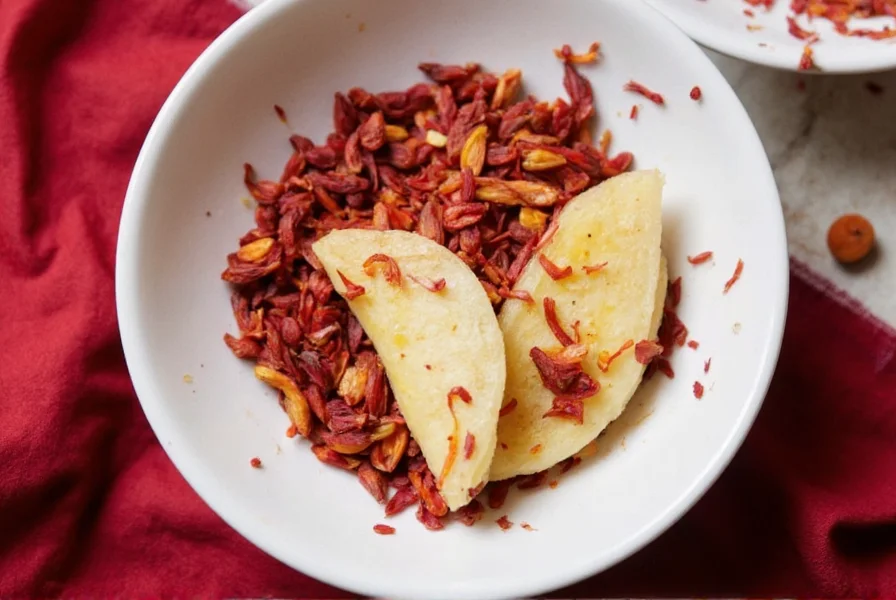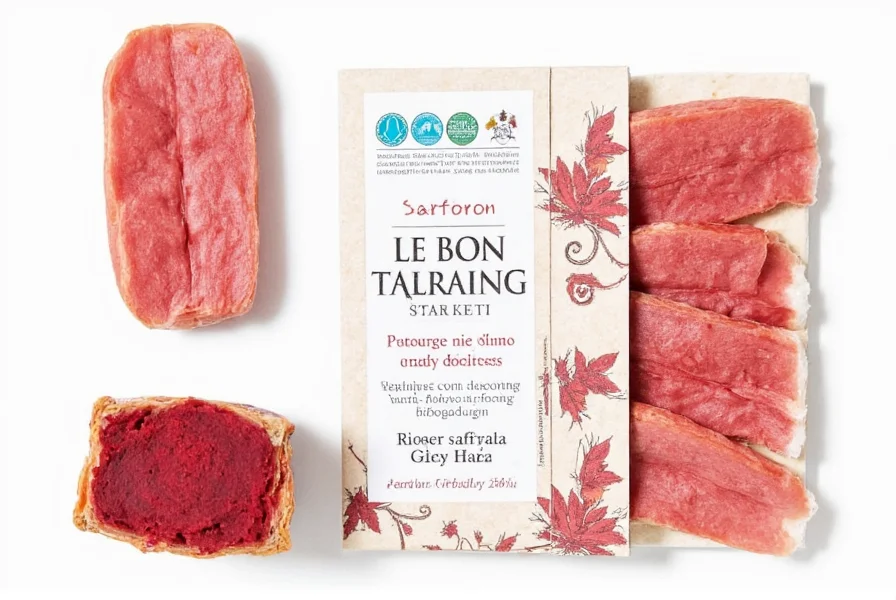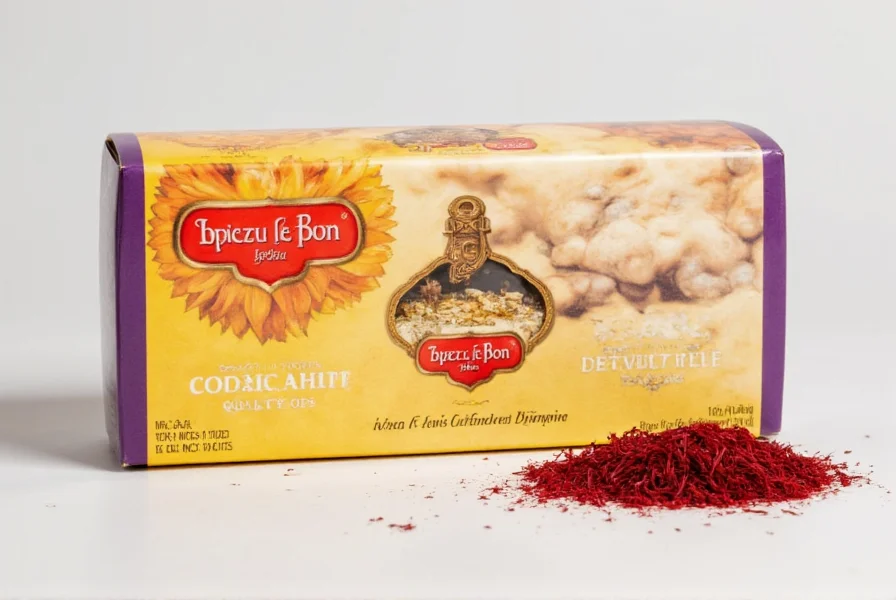Understanding Saffron Quality Grading Systems
While \"Saffron Le Bon\" isn't an officially standardized industry term, it represents a marketing designation used by specialty saffron producers to distinguish their premium offerings. The global saffron market employs several grading systems, with ISO 3632 being the most widely recognized international standard that measures saffron quality based on three critical components:
| Quality Component | Measurement Method | High-Quality Threshold |
|---|---|---|
| Crocin (Coloring Strength) | Spectrophotometry | ≥ 190 (Category I) |
| Picrocrocin (Bitterness) | Spectrophotometry | ≥ 80 (Category I) |
| Safranal (Aroma) | Spectrophotometry | ≥ 20 (Category I) |
Saffron Le Bon typically corresponds to ISO Category I (the highest grade), with crocin levels often exceeding 220, indicating exceptional coloring power. This premium designation usually applies to \"sargol\" or \"coupe\" grades, which contain only the red stigma tips without the yellow style portion.
What Makes Saffron Le Bon Distinctive
True Saffron Le Bon exhibits specific physical and chemical characteristics that distinguish it from lower-grade saffron. The most reliable indicators include:
- Color intensity: Deep, uniform crimson threads that immediately impart rich golden-yellow color to liquids
- Aroma profile: Complex fragrance with floral notes and subtle honey undertones, never musty or stale
- Thread structure: Whole, unbroken red stigmas without significant yellow style portions
- Solubility test: Releases color gradually over 15-20 minutes in warm liquid, not instantly
When evaluating whether a product deserves the Saffron Le Bon designation, experienced buyers perform the \"water test\": place a few threads in warm water. Authentic premium saffron gradually releases a rich yellow hue while maintaining thread integrity for 15+ minutes. Inferior products often discolor water immediately or disintegrate quickly.

Common Misconceptions About Saffron Le Bon
Many consumers misunderstand what the Saffron Le Bon label actually signifies. This designation doesn't necessarily indicate geographical origin (though premium saffron often comes from Iran, Spain, or Kashmir), nor does it guarantee organic certification. The term primarily reflects quality metrics rather than production methods.
Be cautious of products labeled \"Saffron Le Bon\" that lack transparency about their ISO grading or chemical analysis. Reputable suppliers provide documentation showing crocin, picrocrocin, and safranal levels. Without these metrics, the \"Le Bon\" claim may be merely marketing without scientific backing.
How to Source Authentic Saffron Le Bon
Finding genuine Saffron Le Bon requires careful selection. Look for these verification markers when purchasing:
- Third-party laboratory analysis showing ISO 3632 Category I ratings
- Transparent sourcing information including harvest date and origin
- Proper storage in airtight, opaque containers to preserve potency
- Realistic pricing (true premium saffron costs $15-$30+ per gram)
Avoid products with suspiciously low prices, as saffron's labor-intensive harvesting makes it the world's most expensive spice by weight. When evaluating saffron le bon price points, remember that authentic premium saffron requires approximately 150,000 flowers to produce one kilogram of dried threads.

Practical Uses for Saffron Le Bon
The superior quality of Saffron Le Bon makes it particularly valuable for specific culinary applications where flavor and color precision matter. Professional chefs reserve this premium grade for:
- Delicate sauces and custards where subtle flavor is essential
- Signature dishes where saffron is the featured ingredient
- Infusions requiring maximum color extraction with minimal quantity
- Specialty baked goods where consistent coloring is critical
For everyday cooking, standard grade saffron often suffices, but Saffron Le Bon delivers noticeable differences in dishes where saffron plays a starring role. When using premium saffron le bon in recipes, remember that less is more—its concentrated properties mean you typically need 20-30% less than standard grades to achieve the same effect.
Verifying Your Saffron Le Bon Purchase
After purchasing saffron labeled as Le Bon, conduct these simple home tests to verify quality:
- The touch test: Genuine threads feel slightly moist and pliable, not brittle
- The aroma test: Rub threads between fingers—premium saffron releases immediate, complex fragrance
- The taste test: High-quality saffron has initial floral notes followed by subtle bitterness
- The water test: As mentioned earlier, observe gradual color release over time
Understanding saffron le bon quality indicators helps consumers make informed decisions in a market filled with variable quality and potential adulteration. The most reliable approach combines documentation review with these practical verification methods.
Frequently Asked Questions
What does Saffron Le Bon mean in English?
Saffron Le Bon translates from French to \"the good saffron\" in English. It's a quality designation used by select producers to indicate their highest grade of saffron, characterized by superior color strength, aroma, and thread integrity compared to standard offerings.
How can I verify if my saffron is truly Le Bon quality?
Verify authentic Saffron Le Bon by checking for ISO 3632 Category I certification documentation, performing the water test (gradual color release over 15+ minutes), examining thread structure (pure red tips without yellow styles), and confirming crocin levels above 220. Reputable suppliers provide laboratory analysis reports with their premium saffron.
Is Saffron Le Bon worth the higher price compared to regular saffron?
Saffron Le Bon justifies its premium price when used in dishes where saffron is the featured ingredient or in applications requiring maximum color impact with minimal quantity. For signature dishes, delicate sauces, or professional culinary applications, the superior flavor profile and coloring power provide noticeable quality differences that standard grades cannot match.
What's the difference between Saffron Le Bon and Spanish coupé saffron?
Saffron Le Bon is a quality designation that may apply to various regional saffrons meeting premium standards, while Spanish coupé specifically refers to the highest grade of Spanish saffron consisting only of red stigma tips. Both represent top-tier quality, but Saffron Le Bon focuses on measurable quality metrics (ISO 3632 Category I), whereas coupé describes a specific processing method used in Spain.
How should I store Saffron Le Bon to maintain its quality?
Store Saffron Le Bon in an airtight, opaque container away from light, heat, and moisture. The ideal storage conditions are cool (below 70°F/21°C), dark, and dry. Properly stored, premium saffron maintains peak quality for 18-24 months. Never refrigerate saffron as moisture exposure degrades quality. For long-term storage, consider vacuum-sealed containers with oxygen absorbers.











 浙公网安备
33010002000092号
浙公网安备
33010002000092号 浙B2-20120091-4
浙B2-20120091-4